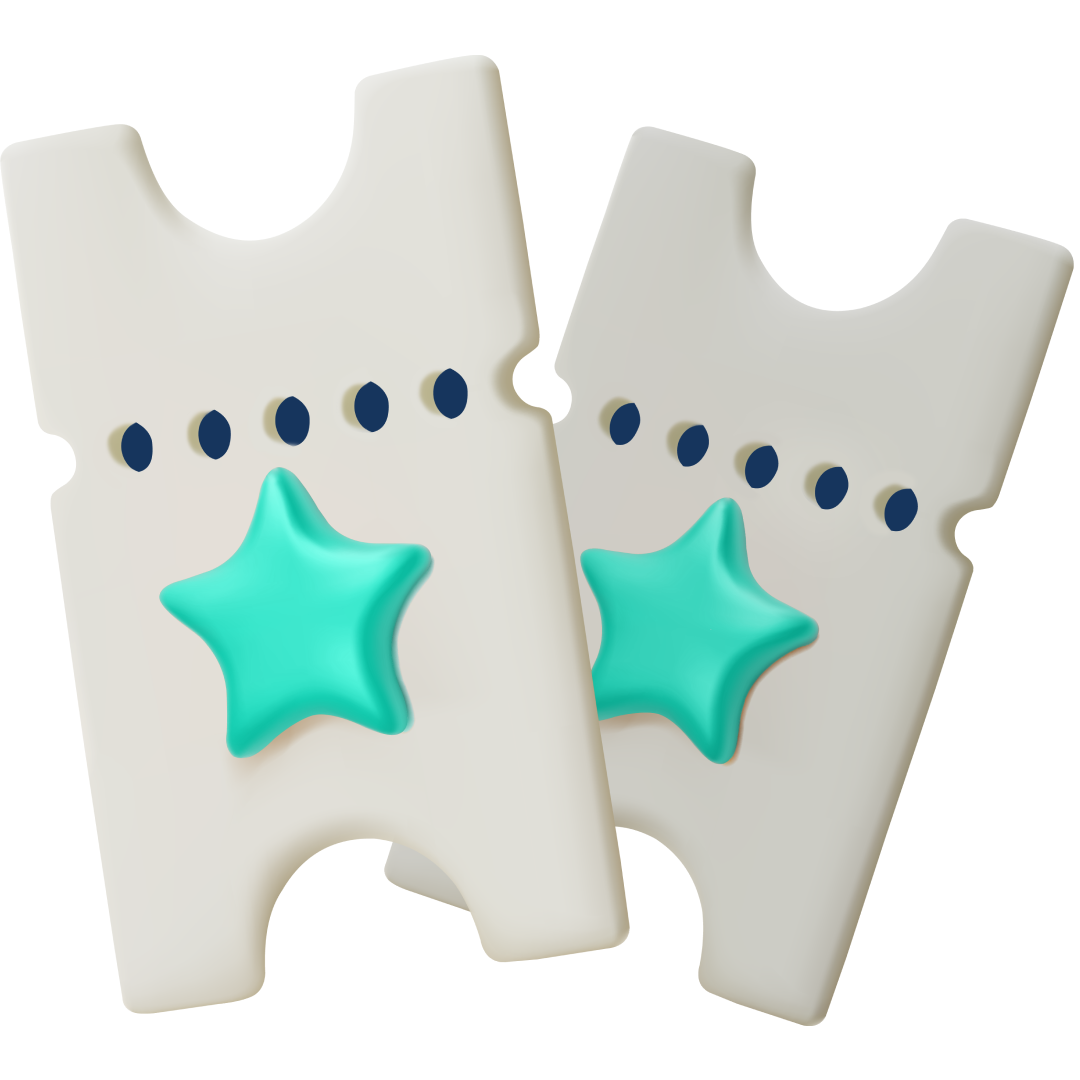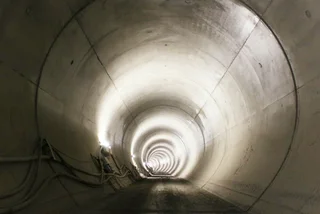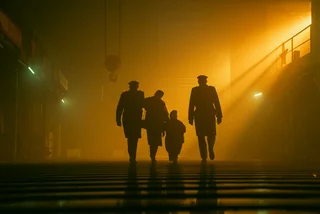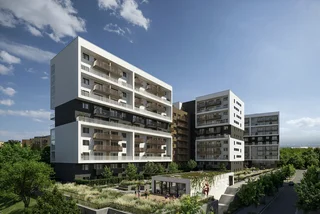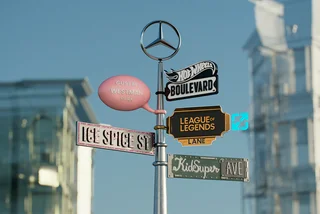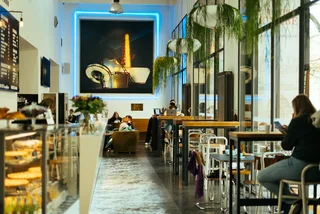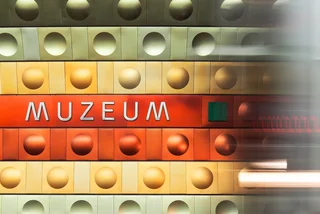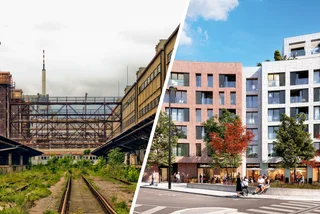A new exhibit called The 1950s just opened in the Historical Building of the National Museum. It will introduce visitors to a dark decade of Czechoslovak history when the country was decimated by totalitarianism and controlled by the party apparatus. At the same time, there was an era of post-war optimism and the vain hope among some people that they were building a better tomorrow.
The 1950s is one of the bleakest periods in modern Czech history. The ruling Communist Party of Czechoslovakia was responsible for political trials, judicial murders, lawlessness, and the liquidation of democratic principles of state administration, according to the exhibition’s curators.

The totalitarian regime affected all areas of the Czechoslovak social structure, including the economy, culture, politics, and foreign image of the country. This era set the future character of Czech society and distorted it for many decades.
The exhibition presents the broader context of the 1950s, with a central focus on the deaths of Soviet ruler Joseph Stalin and Czech party chairman Klement Gottwald.
The 1950s offers a comprehensive image of the time through pivotal events such as the echoes of war, currency reform, the fate of the elites, the trial of politician Milada Horáková and priest Josef Toufar, the propaganda film industry, periodical press with themes of the Korean War, the collectivization of the countryside, and others.
There were also bright spots, such as the Olympic successes of runner Emil Zátopek and skater Ája Vrzáňová.
People will find out about the post-war enthusiasm that allowed the communist regime to gain political power and its political crimes. The exhibition also focuses on the transformation of independent Czechoslovakia into a vassal of the Soviet Union. Objects from the National Museum collection, together with audiovisual elements and its unusual architecture, evoke the atmosphere of that time.
The 1950s exhibition will be on view in the Historical Building of the National Museum until May 2024.












 Reading time: 1 minute
Reading time: 1 minute 




